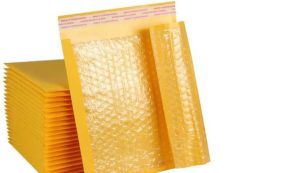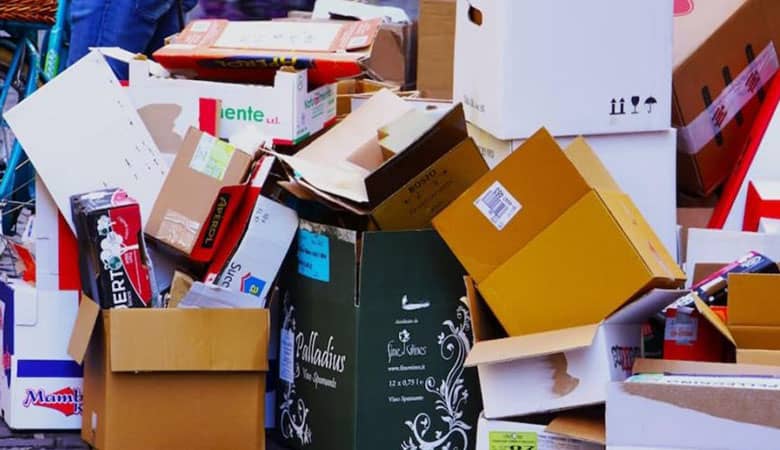When you need to ship something, the last thing you want is for it to arrive damaged. That’s why it’s important to use the right packing materials. In this blog post, we will discuss five of the best packing materials for shipping. These materials will help keep your items safe and secure during transit!
Cardboard boxes
Cardboard boxes are a widely used packing material for shipping. They are strong and sturdy, yet lightweight and easy to handle. Cardboard boxes come in a variety of sizes, making them suitable for packaging everything from small items to large appliances. They can be recycled or reused, making them an environmentally friendly option. Cardboard boxes are also relatively inexpensive, making them a popular choice for businesses and individuals alike. When choosing cardboard boxes for shipping, it is important to select the right size and type of box for the item being shipped. Fragile items should be packed securely with padding to prevent damage during transit. Heavy items should be placed in larger boxes to avoid overloading. Boxes that will be exposed to moisture should be lined with plastic or another water-resistant material. With so many options available, cardboard boxes are a versatile and convenient packing solution for nearly any shipping need.
Foam rolls
When it comes to shipping delicate items, foam rolls are an excellent packing material. They are made of soft, flexible foam that cushions and protects fragile items from bumps and bruises. Foam rolls can be cut to fit any size box, and they can be easily wrapped around even the most delicate items. In addition, foam rolls provide excellent padding for items that are likely to be jostled during shipping. As a result, they help to ensure that your items arrive safely at their destination. Foam rolls are also relatively inexpensive, making them a great option for budget-conscious shippers.
Air pillows
Air pillows are also frequently used when shipping delicate items. They are lightweight and easy to work with, and they provide a high degree of protection against shocks and vibrations. Best of all, air pillows can be reused multiple times, which helps to keep packaging costs down. When using air pillows for shipping, it is important to choose the right size for the item being shipped. Smaller items can be securely padded with just a few pillows, while larger items may require several dozen. In either case, air pillows are an effective way to ensure that your items arrive safely at their destination.
Bubble mailer
When it comes to packing materials, bubble mailers are often overlooked in favor of boxes and bubble wrap. However, bubble mailers have a number of advantages that make them ideal for shipping. First, they are lightweight and easy to store, which can save on shipping costs. Second, they provide good protection for delicate items, as thebubbles help to cushion and support the contents. Third, they are easy to seal, which can help to prevent items from shifting during transit. And fourth, they are recyclable, which is important for businesses that are looking to reduce their environmental impact. As a result, bubble mailer is worth considering.

Packing peanuts
Packing peanuts are small pieces of Styrofoam that are used as packing material when shipping fragile items. They are available in different sizes and colors, and they are relatively inexpensive. While some people believe that packing peanuts are a waste of money, they can actually be quite useful. Packing peanuts help to protect items from damage during shipping by filling empty spaces and cushioning the items. They are also lightweight, so they do not add a lot of weight to the package. In addition, packing peanuts are reusable and recyclable. Overall, packing peanuts are a good option for packing material for shipping.
Which of these packing materials will work best for your next shipment? It all depends on what you’re shipping and how much protection you need. Hopefully, this blog post has given you some ideas about which packing materials will work best for your needs.
What other materials do you use? Feel free to share it in the comments!

Leave a Reply